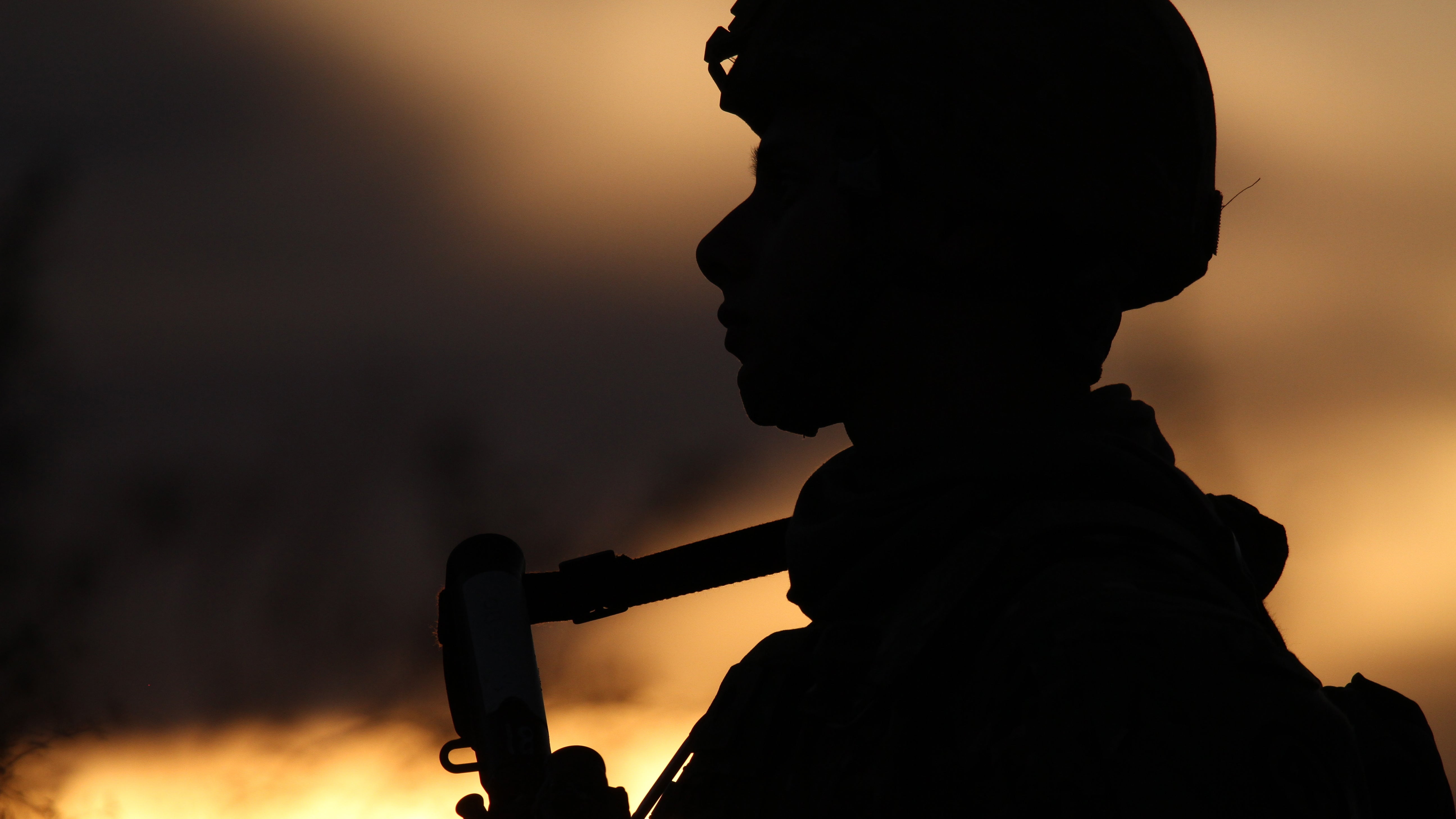Army: Suicide Remains ‘Significant’ Challenge
Army: Suicide Remains ‘Significant’ Challenge

Senior Army leaders reaffirmed their commitment to eliminating suicide in the ranks after the DoD annual suicide report for 2020 showed an increase in soldier deaths.
“Suicide remains a significant challenge for our Army,” Army Secretary Christine Wormuth and Chief of Staff Gen. James McConville said in a joint statement.
The DoD report for calendar year 2020 showed an upward trend in the number of suicides annually over the past five years, the statement said.
In 2020 alone, 175 active Army soldiers, 42 Army Reserve soldiers and 103 Army National Guard soldiers died by suicide, according to the report. Those numbers, for each component, are up from 2019—during that year, 146 Regular Army, 36 Reserve and 76 Guard soldiers died by suicide, the report says.
“We have a special obligation to make sure we are taking care of our people,” Wormuth and McConville said. “Leaders at every level of the Army are committed to identifying approaches that support suicide prevention.”
There is no clear understanding of what is causing the increase in suicides, the leaders said, but “we realize we have to do better in preventing suicide and ensure resources are available and readily accessible. We want our Soldiers to know that getting help is a sign of strength, not weakness. The Army’s goal is to make it as easy as possible for Soldiers to get the help they need.”
Across the military, 580 service members—384 from the active component—died by suicide in 2020, according to the DoD report. The active component suicide rate was 28.7 deaths per 100,000 service members, and the rates for the Reserve and National Guard were 21.7 and 27 per 100,000 service members, respectively.
Service members who died by suicide were mostly enlisted, male and younger than 30, according to the DoD report.
“One suicide is too many,” Wormuth and McConville said. “Our priority is to do all that we can to build and maintain strong, resilient, and cohesive teams. We need and expect our leaders, who are dedicated to the force and health of our Soldiers, to create an environment where Soldiers are provided the time and space to take advantage of the resources and programs available.”
The DoD annual suicide report is available here.

